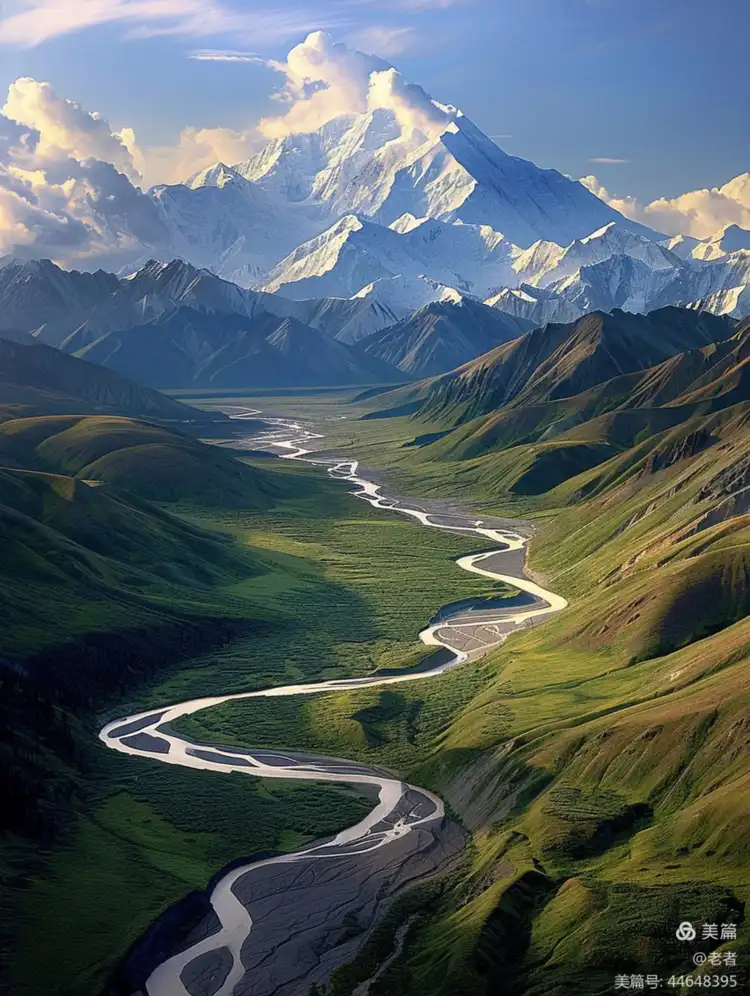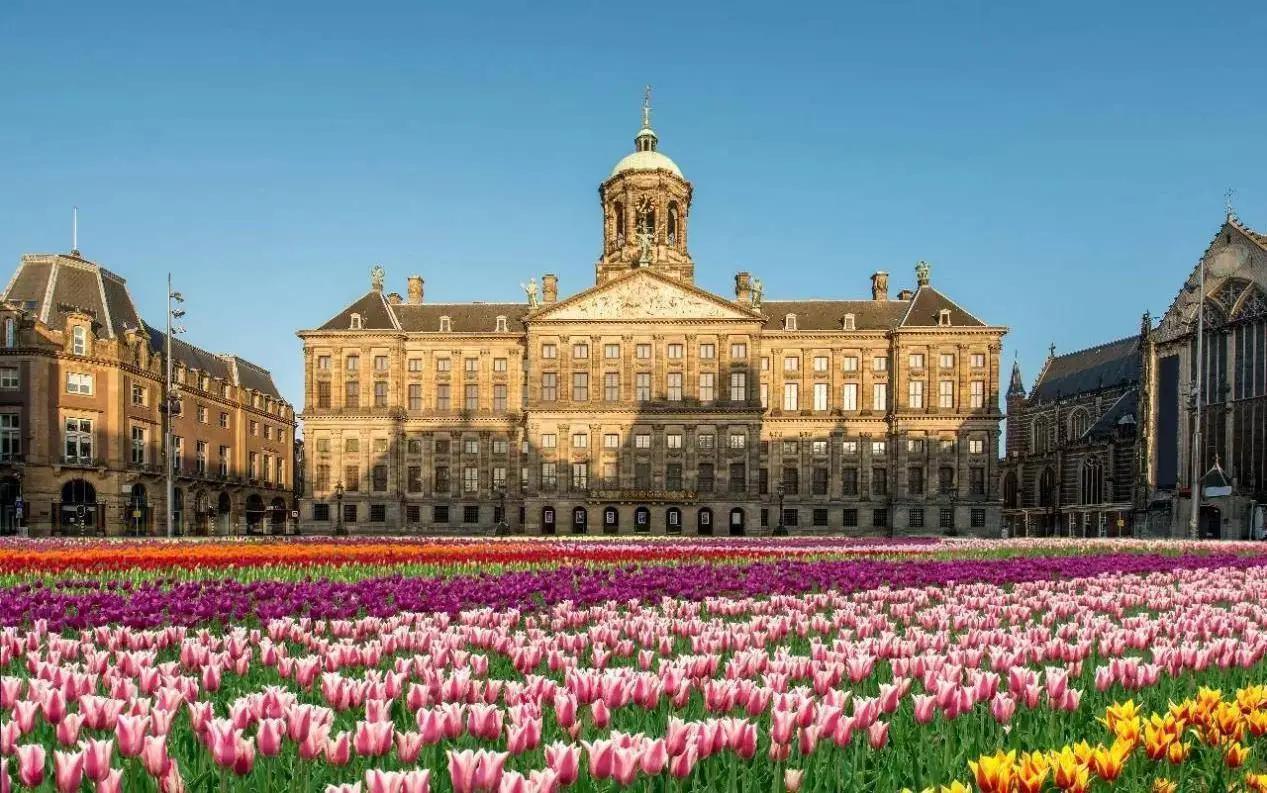Global Travel Information
South Luangwa National Park, Zambia
The Wild Heart of Zambia: A Journey into South Luangwa National Park
There is a place in Africa where the earth breathes. It is a land sculpted by the slow, meandering curves of a great river, where ancient trees stand as silent sentinels over a drama of life and death that has played out for millennia. This is South Luangwa National Park in eastern Zambia, a destination that remains, for many, the continent’s best-kept secret. More than just a park, it is an immersion into raw, unfiltered nature—a place that doesn’t just show you wildlife but pulls you into its very rhythm.
The park’s lifeblood is the Luangwa River. Rising in the misty highlands of the Mafinga Hills, it snakes its way through the valley, a shimmering ribbon of sustenance in a landscape that can be brutally dry. Its oxbow lagoons—the ghostly remnants of old river channels—form serene pools that act as magnets for wildlife, especially in the parched months of the dry season. This river is the stage, the director, and the lead actor all at once. To understand South Luangwa is to understand the intimate, sometimes desperate, relationship every creature here has with its waters.
This relationship is most palpable during the dry season, from May to October. As the sun bleaches the grasslands and the dust hangs thick in the air, the Luangwa River and its lagoons shrink into vital, concentrated oases. The park’s famous walking safaris, a concept pioneered here in the 1950s by legendary conservationists Norman Carr, come into their own. There is no engine hum, no barrier between you and the environment. Your world shrinks to the crunch of earth underfoot, the scent of wild basil, and the expert guidance of your scout. You learn to read the land: the deep, pugmark imprint of a leopard in the soft soil, the freshly broken branch signaling an elephant’s recent passage, the distant alarm call of a puku that sets your every nerve on edge. This is not a spectator sport; it is a participatory, humbling experience that redefines your place in the natural order.
And what an order it is. South Luangwa boasts one of the highest concentrations of wildlife in Africa. Towering above the riverbanks are some of the largest elephants left on the continent, their tusks long and sweeping, a testament to the park’s successful conservation efforts. Herds of grumpy-looking Cape buffalo churn up the dust in their thousands, their dark masses moving with a formidable, collective purpose. Thornicroft’s giraffe, a subspecies found nowhere else on Earth, nibbles delicately at the tops of acacia trees, its rich, dark patches standing out against the pale winterthorn bark.
Yet, the true monarch of South Luangwa, the creature that embodies its wild soul, is the leopard. The density of these elusive, nocturnal cats is unparalleled. While a leopard sighting is often a matter of luck in other parks, here it is a genuine expectation. As dusk falls and the sky erupts in a blaze of orange and purple, the night drives begin. The beam of a spotlight sweeps across the bush, catching the hypnotic, emerald glow of a genet’s eyes, the shuffling form of a porcupine, and then—the prize. A leopard, muscles rippling under a coat of rosettes, moves with a fluid, lethal grace along a branch or a termite mound, utterly indifferent to its captivated audience. It is a sight that steals your breath and etches itself permanently into memory.
The park’s biodiversity is a zoologist’s dream. Over 400 species of birds fill the air with sound and color, from the iconic African fish eagle whose lonely cry is the soundtrack of Africa, to the comical saddle-billed stork picking its way through the shallows. The Luangwa River is home to some of Africa’s largest populations of both Nile crocodile and hippopotamus. These territorial behemoths grunt and bellow constantly, their comical appearances belying their status as the continent’s most dangerous animal. To see sixty hippos jostling for space in a single, shrinking pool is a powerful, olfactory-rich reminder of the fierce competition for resources.
But a visit to South Luangwa is not just about the "big stuff." It is in the smaller, quieter moments that its magic truly unfolds. It is the sight of a dung beetle tirelessly rolling its precious ball up a steep incline, a monument to determination. It is the delicate, candy-striped pattern of a carmine bee-eater’s wing as a flock of thousands descends upon the riverbanks to nest in dramatic, excavated colonies. It is the profound silence of siesta time, lying in the shade of your tent listening to the buzz of insects and knowing that just beyond the canvas, an entire world is awake and alive.
As the first rains of November begin to fall, the park undergoes a miraculous transformation. The dust turns to mud, the air fills with the petrichor of wet earth, and a carpet of green erupts almost overnight. The migrant birds arrive, and the animals, relieved of their thirst, disperse into the new lushness. The cycle begins anew. This constant state of flux, of death and rebirth, is the true lesson of the valley.
South Luangwa is more than a checklist of animals. It is a feeling. It is the chill of a morning game drive, the warmth of a Zambian smile from your guide, the profound awe of standing under a canopy of a million stars undimmed by city lights. It is a place that gets under your skin, a raw and beautiful reminder of what the world once was and, thanks to dedicated conservation, still can be. It is, without a doubt, the wild, beating heart of Zambia.

相关文章
- Elbe River Amusement Parks: Rides with River Views
- Elbe River Camping Spots: Pitch a Tent by the Water
- Elbe River Glamping Sites: Luxury Camping Along the Banks
- Elbe River RV Parks: Stay in Your Camper Near the River
- Elbe River B&Bs: Cozy Accommodations with a Personal Touch
- Elbe River Hostels: Budget Stays for Young Travelers
- Elbe River Business Travel Guide: Meetings & Events Near the Water
- Elbe River Conference Venues: Spaces with River Views
- Elbe River Wedding Venues: Tie the Knot by the Water
- Elbe River Funeral Services: Respectful Locations Along the Banks
发表评论
评论列表
- 这篇文章还没有收到评论,赶紧来抢沙发吧~


